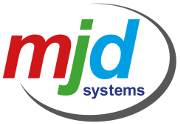What is an Operating System?
This week we are going to demystify what an Operating System is. The term is sometimes shortened to OS as well. Our mobile phones, laptops, PCs and servers all have operating systems to be able to run the applications and carry out the tasks we require of them on a day to day basis. So,[…]
